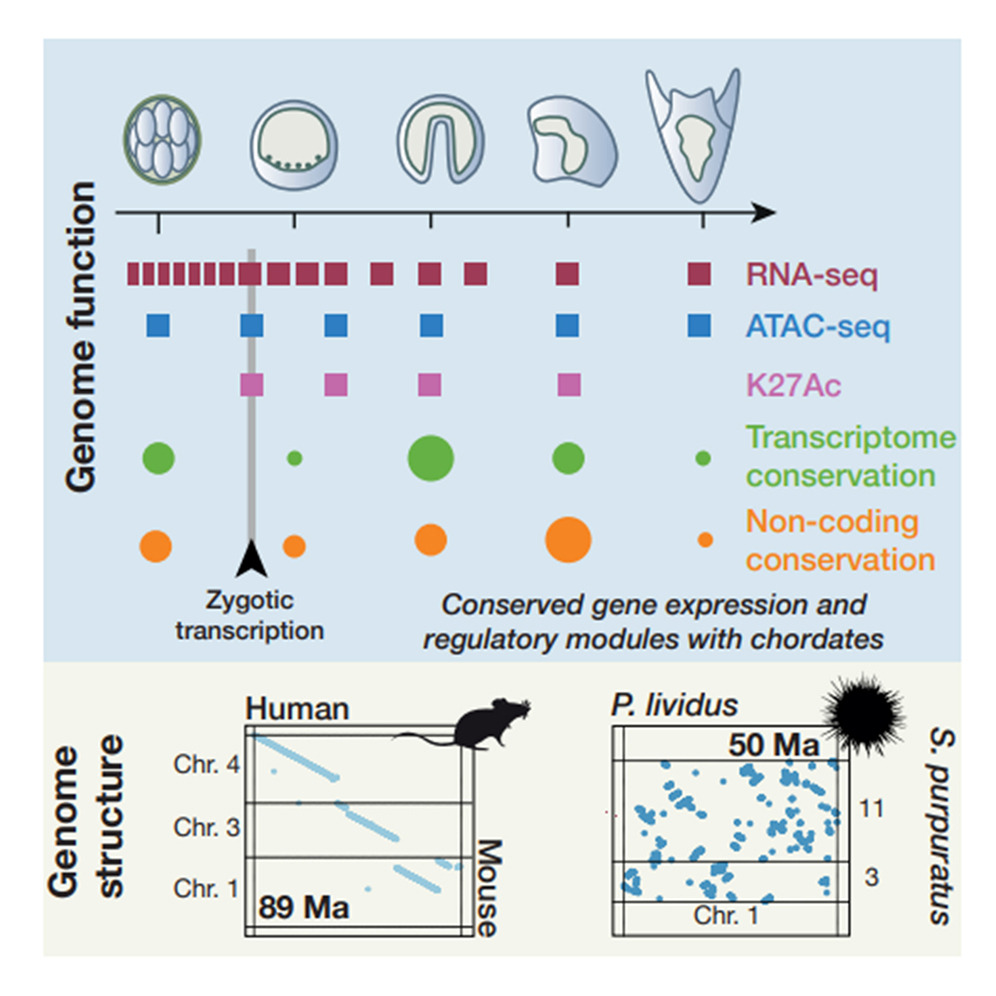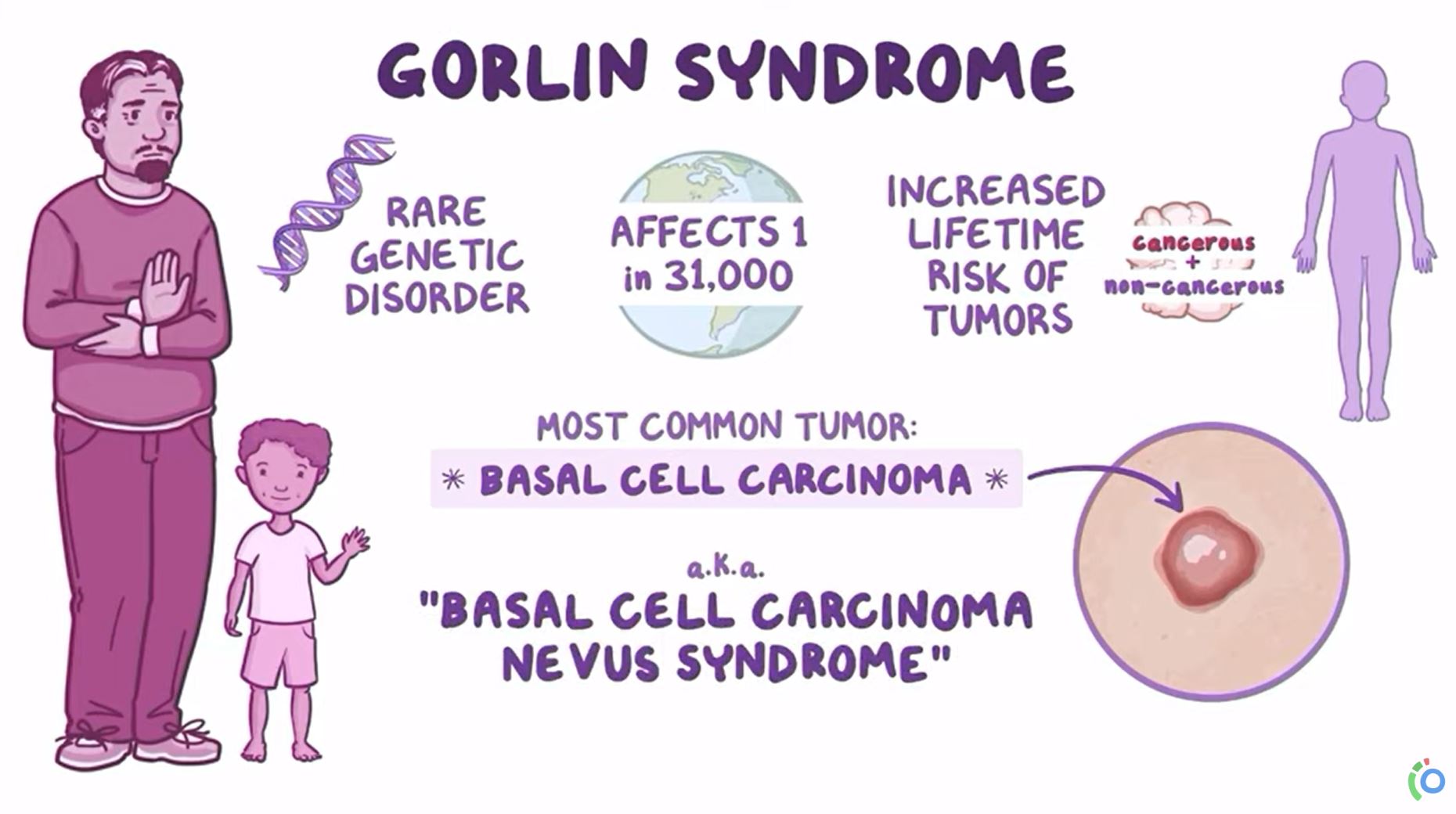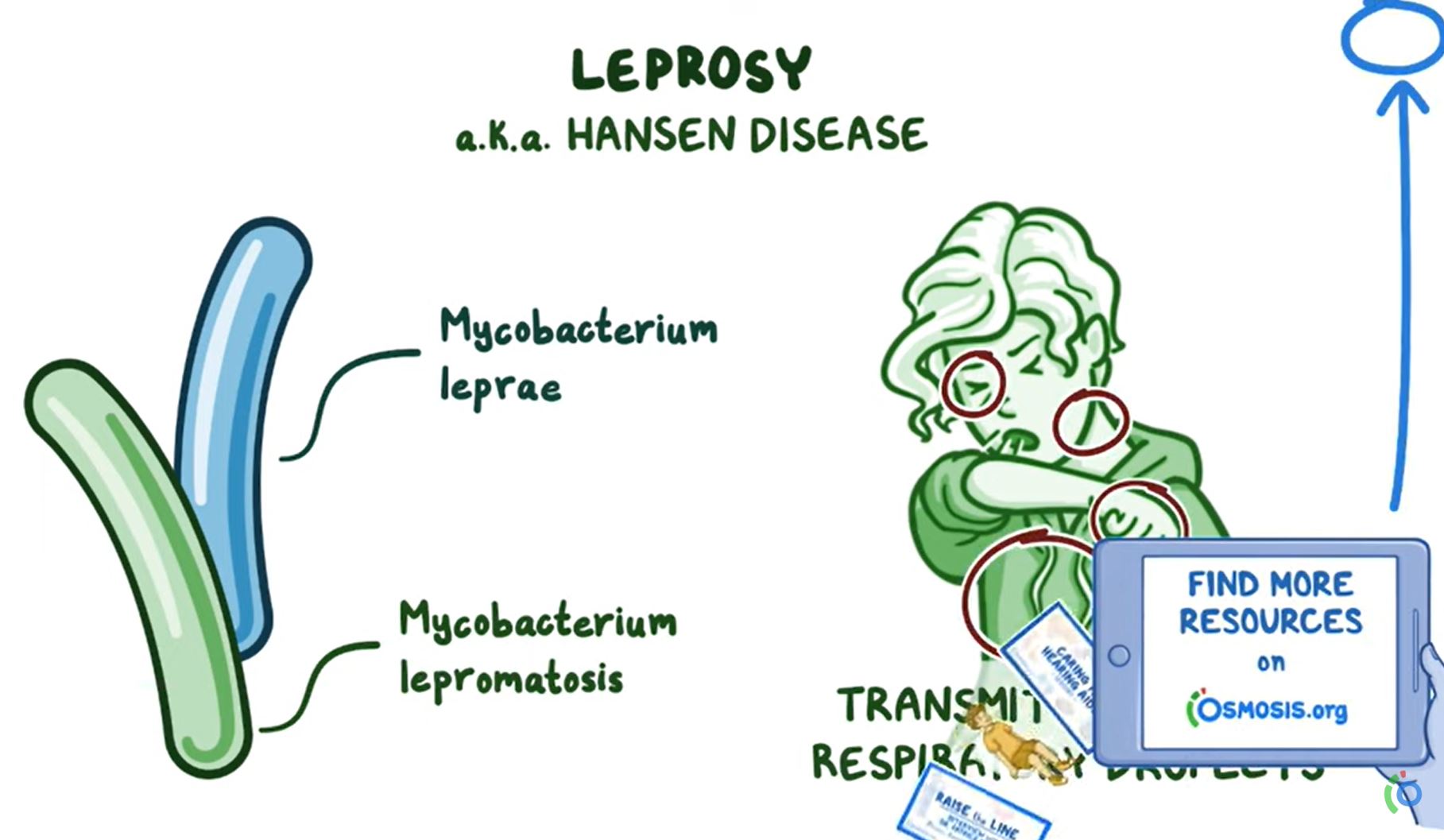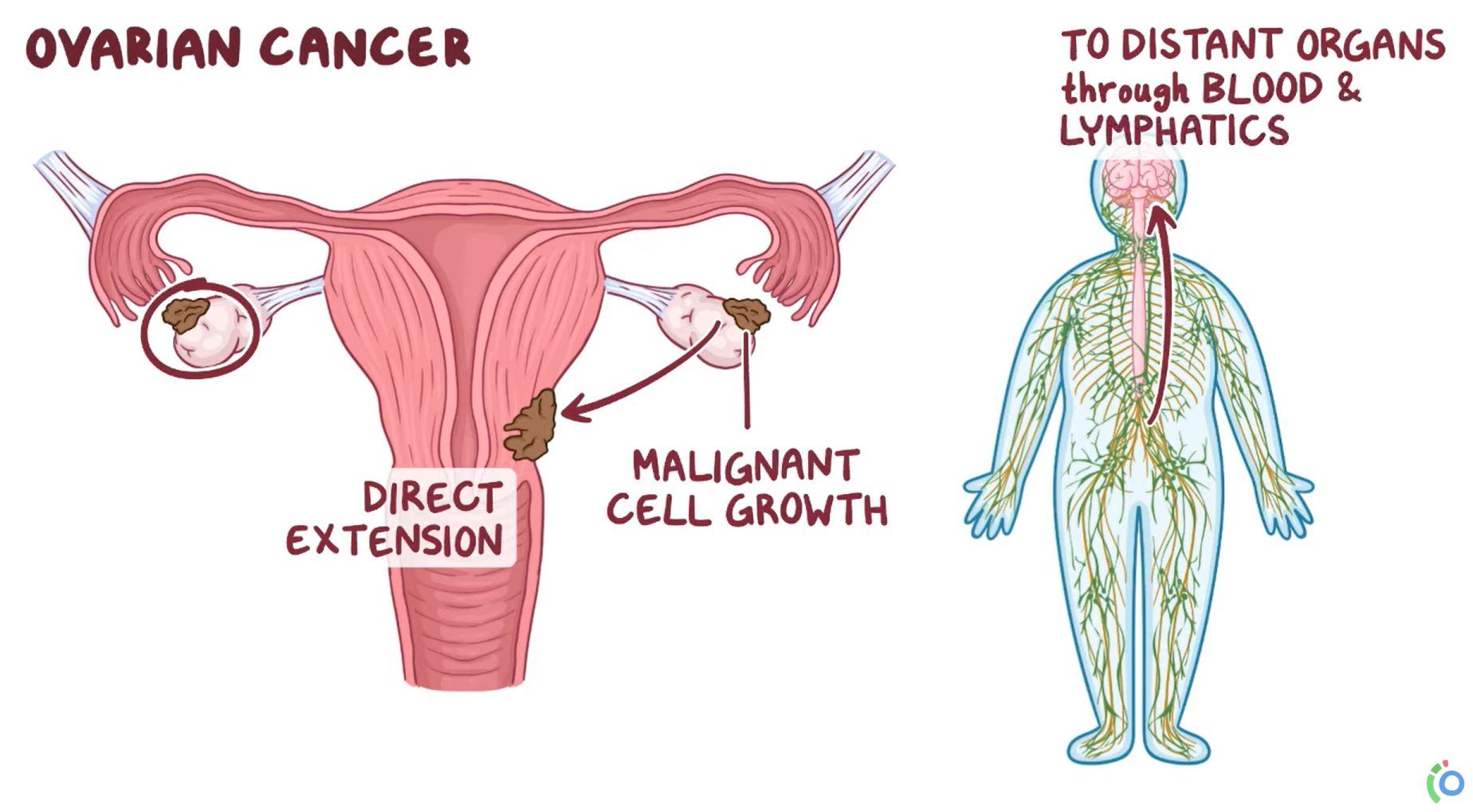This chapter advances the UN SDG goals 12 and 10 by attempting to explore, analyze, and demonstrate the different traditional methods practiced by indigenous communities of the NE India, in context to NRM. It also explores various aspects of TEK and practices like indigenous farming and irrigation systems, conservation of sacred forests, age-old ethnobotanical knowledge, and cultural customs and rituals of different tribes of NE India.
The survey presented here was conducted to better understand public perceptions of climate change, human impacts and the value and management of marine and coastal ecosystems.
Sea urchins are one of the most amenable model systems in developmental biology and they have enabled major discoveries. In this study, the authors investigated how conserved the genomic and regulatory architecture is between P. lividus, other sea urchins, and chordates. By integrating genomic and regulatory datasets, they demonstrated how regulatory changes could be associated with the origin of the novel body plan of urchins and other echinoderms.
This article relates to SDG 3. This resource, created together by Osmosis and the National Organization for Rare Diseases (NORD), aims to increase the knowledge and awareness about Gorlin Syndrome, a mutation in a tumor suppressor gene is the root cause of proliferation of cancer cells, leading to basal cell carcinomas, abnormal cysts in the jaw, bone deformities, and several other manifestations.
This article relates to SDG 3. This resource, created together by Osmosis and the National Organization for Rare Diseases (NORD), aims to increase the knowledge and awareness about Leprosy, an ancient chronic infection disease that can affect the skin, eyes, and nervous system.
This article relates to SDG 3. This resource, created together by Osmosis and the National Organization for Rare Diseases (NORD), aims to increase the knowledge and awareness about Ovarian Cancer, a difficult to detect cancer in which only 2 in 10 cases are diagnosed at an early stage.
This article analyses the practice of indigenous conflict resolution mechanisms in building a culture of peace in Ethiopia.
Nutritional Profiles of Four Promising Wild Edible Plants Commonly Consumed by the Semai in Malaysia
Current Developments in Nutrition, Volume 7, April 2023
The research in this paper shows that all 4 WEPs (Wild Edible Plants) frequently consumed by the Semai have variable quantities of proximate composition and mineral composition .According to the study’s findings, these wild plants can be regarded as inexpensive and good sources of micronutrients necessary for health and well-being. They can also contribute substantially to dietary needs, especially in remote areas, because of their beneficial nutritional qualities.
This study investigates three Mediterranean coastal lagoons to study harmful algae and pathogens on plastic debris.
This chapter advances UN SGD goal 2: Zero Hunger by providing insight into adapting agriculture to changing climate conditions.




